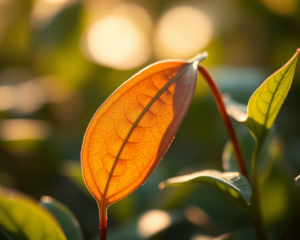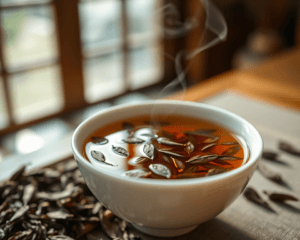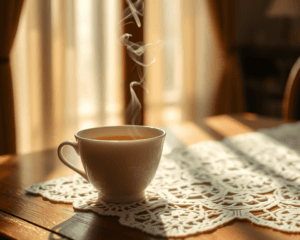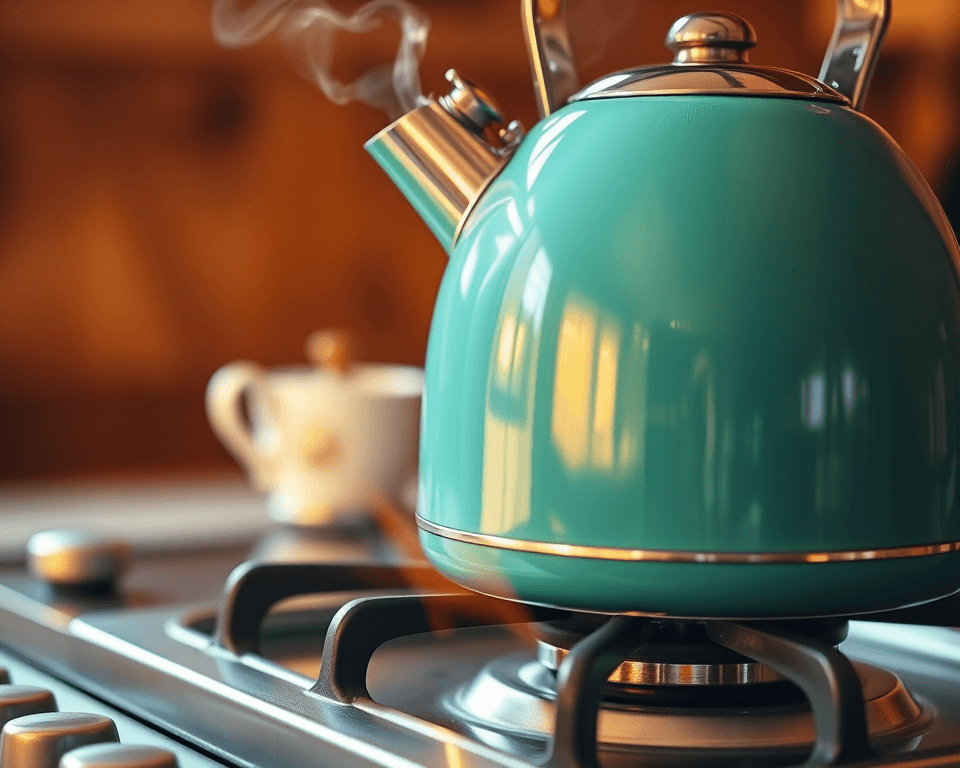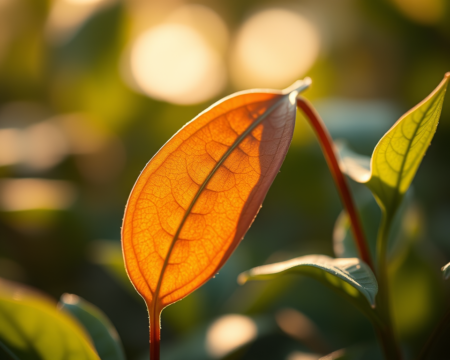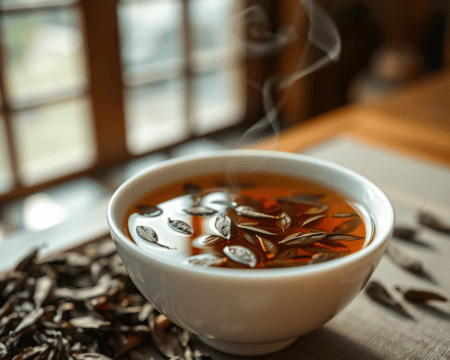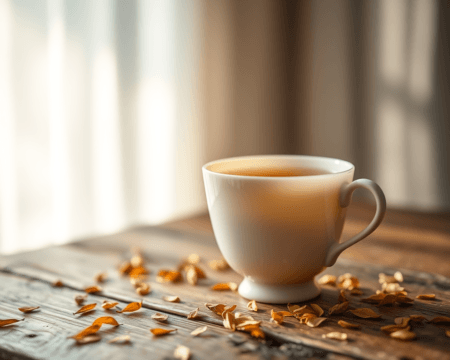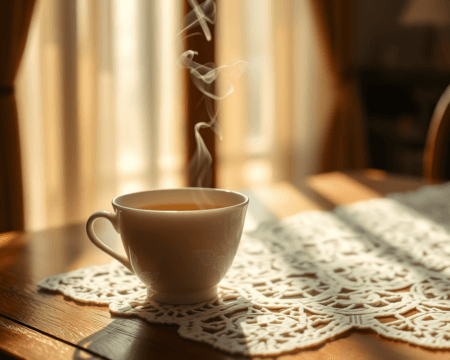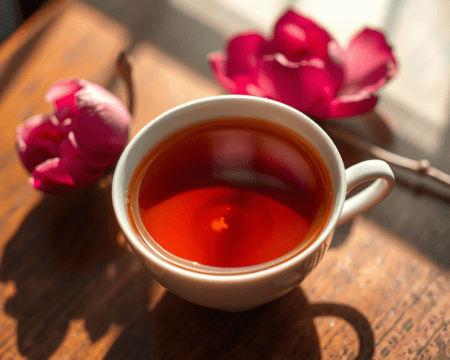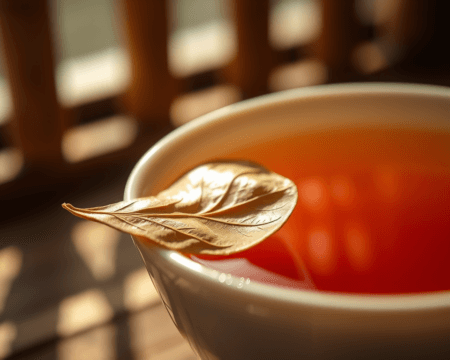If you’ve ever found yourself staring at a pot of water, wondering why it seems like it’s never going to boil, you’re not alone! We’ve all been there, waiting with impatience, thinking about the perfect cup of tea. Boiling water may seem straightforward, but there’s a method to this simple madness that can elevate your tea game from average to unforgettable. Let’s break it down and get you brewing like a pro!
Key Takeaways
- Mastering water boiling techniques sets the stage for perfect tea.
- Different teas require specific water temperatures and qualities for optimal flavor.
- Avoid common mistakes like overboiling that can ruin your tea experience.
- Tapping into cultural practices can enhance your appreciation for tea.
Understanding Different Methods for Boiling Water
When it comes to boiling water, you’ve got options. Not all methods are created equal, especially when it comes to tea. Let’s go through the most popular ways to boil water and equip you with the knowledge you need!
Boiling Water on the Stove
Using a gas or electric stove can be a simple yet effective method to get your water bubbling. Here’s how it works:
- Choose your saucepan: Grab a sturdy saucepan, preferably one with a lid to speed up the process. A stainless steel option is excellent for even heating, and I love how they look too!
- Fill with water: Use filtered water for the best taste. I recommend spring water or filtered tap water to avoid any funky flavors that can come from untreated tap water.
- Heat it up: Place the saucepan on the burner, crank up the heat, and keep an eye on your water. You’ll notice bubbles forming as it approaches the boiling point—that’s when you’re in the zone! Don’t forget to consider your heat source; gas stoves tend to heat faster than electric ones, which can make a significant difference when you’re pressed for time.
Stovetop tea preparation allows for control over the boiling process, and the aroma of your water as it heats is an experience in itself!
Using an Electric Kettle
For those who want speed and convenience, an electric kettle is a game changer. This handy appliance can bring water to a boil in a fraction of the time. Here are the specs you should look for:
- Variable temperature settings: Look for kettles like the Breville BKE820XL with a 60oz capacity and 5 temperature settings—perfect for every type of tea from delicate white to robust black!
- Automatic shut-off: Safety first! A kettle that turns off once your water hits boiling ensures you won’t overboil. No one wants to deal with that burnt taste!
- Efficiency: With average prices around $100, investing in a quality kettle pays off in both time and flavor. It’s not just a boiling tool; it’s a serious upgrade to your kitchen game.
The beauty of an electric kettle is the ability to control the temperature, which is essential when you’re brewing fine teas.
Microwave Method
Now, I know what you’re thinking—using a microwave? Hear me out! While this isn’t the traditional way to boil water for tea, it’s super quick and convenient.
- Select your container: Use a microwave-safe ceramic cup. I prefer something with a wide opening—just keep in mind that the water can get super hot!
- Pour in water: Fill it up and leave some space for steam.
- Microwave it: Start with one minute and check the temperature. If you’re looking for a boil, go for a power setting above 80%.
While using the microwave is efficient, you can run the risk of superheating water. Remember, letting it sit before stirring can prevent an explosion of boiling water!
Best Practices for Water Quality and Temperature
Now that we’ve got those methods down, let’s talk about what goes into your boiling pot.
Importance of Water Quality
Water quality directly impacts the flavor of your tea.
- Filtered vs. spring: Filtered water removes impurities and chlorine flavors. If you’re a connoisseur, you’ll notice the difference—trust me! Spring water adds a natural mineral content that can enhance the complexity of your brew.
- Avoid hard water: It can lead to a chalky taste and prevent proper brewing. You want every sip to sing, right?
Crafting that perfect cup of tea starts with the right type of water.
Optimal Temperature for Different Teas
Did you know each type of tea has its own sweet spot for temperature? Here’s the lowdown:
- Green tea: Aim for around 175°F. Too hot and you’ll scorch those delicate leaves—nobody likes bitter tea!
- Black tea: Boil it up to 212°F. Black teas thrive on high temperatures, which bring out their full-bodied flavor.
- Herbal teas: They love the heat, too! Use boiling water for a rich infusion.
- Oolong and white teas: Check in the 190°F range for oolong and 160-190°F for white tea. These are sensitive drinks that deserve some TLC.
This temperature precision isn’t optional if you want to maximize the flavor and aroma of your tea.
Common Mistakes When Boiling Water for Tea
Let’s face it; everyone makes mistakes. But when it comes to boiling water for tea, you can easily sidestep a few blunders.
Overboiling and Its Effects
Overboiling is a silent killer of flavor. Here’s the deal:
- Water evaporation: When water evaporates significantly, you’re left with a bland base for your tea. Keep an eye on it and don’t let it boil down too much.
- Burnt flavor: If you’re not careful, overboiled water alters the taste. It turns from refreshing to a burnt disappointment, and honestly, no one wants that after all your prep!
- Safety concerns: You risk getting burned, and let’s not even think about any pots that may go dry and get ruined. Observe your water as it heats; it doesn’t take long to hover around that boiling point.
Maintaining water quality is key to a good brew, and overboiling can kill it.
Using the Wrong Water for Your Tea Type
It’s critical to choose the right water for your tea type to unlock its full flavor potential.
- Hard water impacts: Opting for hard water laden with minerals can introduce a strange taste. The result? A lackluster cup that doesn’t reflect the tea’s true character.
- Filtered vs. unfiltered: Go for filtered options whenever you can. They’ll be free from weird tastes and odors that can confuse the palate. Using the appropriate water for your tea not only makes it taste better, it also respects the brewing process.
Understanding how specific water types interact with different teas is essential for anyone serious about their steep.
Cultural Practices Related to Boiling Water for Tea
Tea’s rich history isn’t just about how to brew it—it’s also warmed by cultural significance worldwide.
Tea Brewing Traditions Around the World
Take a moment to step back and appreciate how tea is treated across cultures; it’s almost spiritual!
- Japanese tea ceremony: This is about patience and ritual. The process of boiling water and preparing tea is an art in itself, focusing on mindfulness and aesthetics.
- British afternoon tea: Over in the UK, it’s all about socializing. The water is typically boiled in a kettle, poured over the tea, and enjoyed alongside scones. There’s a reason they’re obsessed with this tradition!
- Chinese tea rituals: Different varieties, like gongfu tea, focus on mastering the art of temperature and timing to extract the full flavor of the tea leaves.
Embracing these traditions helps widen your appreciation for tea beyond the brew—it becomes a way to connect culturally.
Engaging with Tea Community
Get involved! Engaging with fellow tea lovers not only enhances your knowledge but also makes brewing more fun.
- Social media groups: Look for Facebook groups or Instagram accounts dedicated to tea. You’ll find tips, reviews, and tea tasting events.
- Community forums: Websites like Reddit’s r/tea allow enthusiasts to ask questions and share their best practices. It’s like having a global tea club at your fingertips!
Building connections with others passionate about tea can add layers to your personal experience. You’ll learn unique tips and tricks that’ll elevate your brewing game.
In the end, boiling water for tea may seem like a minor task, but it holds the key to unlocking rich flavors and aromas that transport you to another world. Pay close attention to your methods, water quality, and cultural significance to elevate your tea-making skills. Happy brewing!
Frequently Asked Questions
What is the best water temperature for brewing different types of tea?
Different types of tea require specific temperatures: black tea is best brewed at around 200-212°F (93-100°C), green tea at 160-180°F (71-82°C), and white tea around 160-185°F (71-85°C). Herbal teas often need boiling water at 212°F (100°C) for optimal extraction.
How can I avoid overboiling water when preparing tea?
To avoid overboiling, use a thermometer to monitor the water temperature. Additionally, consider using an electric kettle with pre-set temperature settings, or simply bring the water to a boil and remove it from heat, allowing it to cool to the desired temperature for your tea.
What are the best types of water for brewing tea?
Filtered or spring water is preferred for brewing tea as it minimizes impurities and enhances flavor. Avoid distilled water, which lacks minerals, and tap water that may have chlorine or other flavors that can interfere with the tea’s taste.
Can I reuse water that has already boiled for tea?
Reusing boiled water is not recommended, as it can lose oxygen and result in flat-tasting tea. Fresh water helps preserve the tea’s aromatic qualities and flavors, ensuring a more enjoyable brewing experience.
How do cultural practices enhance the tea experience?
Cultural practices around tea, such as traditional ceremonies, can deepen your appreciation for the beverage. Learning about tea rituals from countries like China, Japan, or England can transform a simple cup into a mindful experience, emphasizing the importance of quality and preparation.
What mistakes should I avoid when boiling water for tea?
Common mistakes include overboiling water, using the wrong temperature for specific teas, and using poor-quality water. Always aim to boil only the amount you need and pay attention to the tea’s requirements to achieve the best flavor.
How can I tell if my water has boiled enough for tea?
You can determine if water is ready by observing how it behaves. For boiling temperature, look for consistent bubbles rising to the surface. For lower temperatures, use a thermometer or bring water to a boil and then let it cool down to the desired temperature.
Is there any health benefit to drinking tea with the right water?
Yes, drinking tea brewed with the right water can maximize the extraction of beneficial compounds such as antioxidants. Proper brewing helps harness the tea’s health benefits, contributing to hydration and potentially improving digestion and heart health.
How can I make my tea taste better?
To enhance your tea’s flavor, experiment with water quality, temperature, and steeping time. Consider adding natural sweeteners like honey or spices like cinnamon, and explore different tea blends to find combinations that suit your palate.
